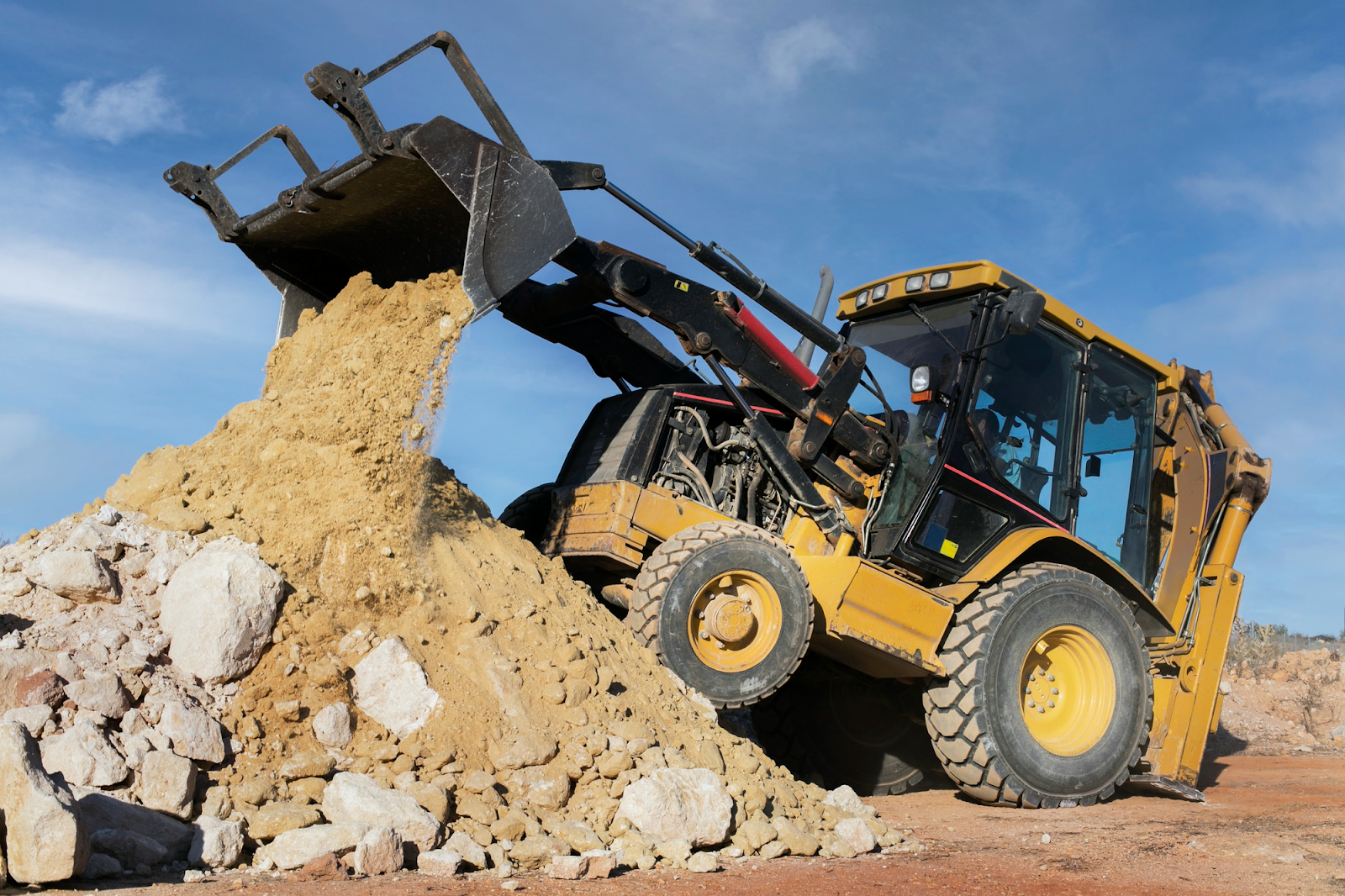Ensuring the smooth operation of heavy equipment is the key to a successful construction project. Regardless of whether you have excavators or loaders, or dozers, downtime reduction and preventing expensive repairs should always be a priority.
Maintenance helps to keep your machines running at an optimal level and prolongs their service life. Therefore, to achieve high-quality performance and lower downtime, here are some effective heavy equipment maintenance tips.
Build a Solid Heavy Equipment Maintenance Plan
A good maintenance program starts with a properly thought-out plan. This plan must specify what kind of maintenance each equipment will need, like daily, weekly, monthly, or annually, depending on the usage of the equipment and what the manufacturer wants.
For example, an excavator that is constantly digging and lifting may require inspections of the hydraulic system more frequently than a bulldozer that is not used regularly.
Stick to a Routine Inspection Schedule
Frequent checkups help you identify minor issues before they lead to huge and costly problems. It is important to follow a regular inspection plan according to your heavy equipment maintenance checklist.
- Monthly checkups: Do more comprehensive inspections, including greasing joints, checking hydraulics, and tightening bolts.
- Annual checks: These are the most detailed checks, typically performed by the technicians. They might involve oil sampling, diagnostics, and thorough system assessments.
Such inspections will help to keep your fleet reliable and efficient all year round.
Protection with E-Coating
Surface protection is one of the aspects of heavy equipment maintenance that is often neglected. Electrocoating, also known as e-coating for construction equipment, offers a protective layer against corrosion, rust, and wear in outdoor conditions.
It is done by coating the metal parts with an electrically charged coating that is applied evenly on the parts, including the corners that are difficult to reach. It is particularly handy in coating heavy equipment frames, buckets, and other metal parts that are subjected to mud, moisture, and chemicals.
Through e-coating in your preventive maintenance plan, you can increase the lifespan of your machines, lessen the repainting requirements, and keep their structural integrity over the years.
Maintain Detailed Maintenance Records
Maintaining a record of maintenance history may sound like a pain, but it is among the most brilliant things you can do. Prepare a comprehensive machine maintenance record of each machine in your fleet. Record dates, services, and parts changed, and technician observations.
These records will assist you over time to recognize patterns, e.g., recurring problems, or certain parts that wear out more quickly. This information will make your maintenance more predictable, cost-effective, and efficient.
Invest in Modern Maintenance Tools
Technology is smarter and more efficient in maintenance. Modern diagnostic instruments can be used to identify issues early enough before they lead to downtime.
For example:
- Engine wear and contamination are detected by oil analysis kits before they damage the engine.
- Vibration analysis instruments identify an imbalance and a mechanical defect.
- Telematics systems monitor real-time performance data, which will assist you in scheduling maintenance in advance.
You will be able to move beyond reactive repairs to predictive maintenance with these tools, keeping your machines healthy and productive.
Conclusion
It is not about repairing things when they fail, but it is vital to maintain the heavy equipment to avoid problems even before they start. With a clear plan, inspection scheduling, operator training, detailed logs, and modern tools, you can ensure your fleet works effectively.
Keep in mind that the more your equipment can operate within an hour, the more value this adds to your project. Your machines will be reliable, durable, and prepared to meet any challenge that is yet to be met with regular preventive care.




